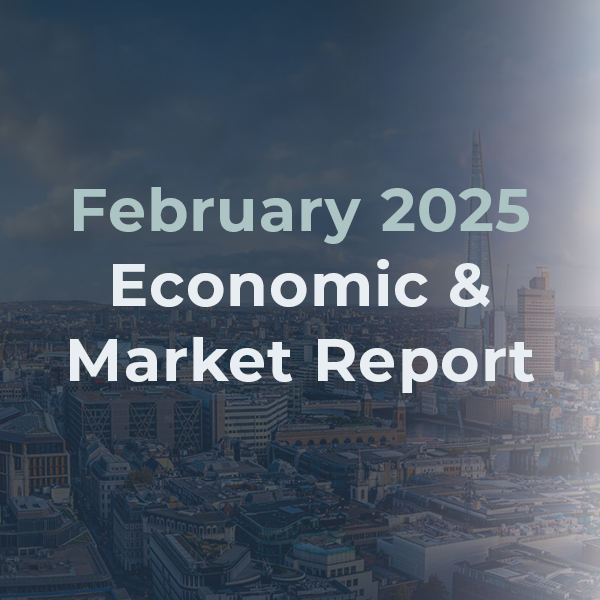Market Insight
Understanding Gilt Yields
This Article was Written by: Ben Jones - Fundhouse
Market Insights
Many UK investors have exposure to UK government bonds, known as ‘gilts’. When you hear investors talk about gilt ‘yields’, they are usually talking about the annualised rate of return that investors can hope to enjoy if they buy that gilt at current market prices. A cheaper gilt means a better return, and therefore a higher yield.
By holding gilts, investors are effectively lending money to the UK government in return for regular interest repayments. If investors believe that gilts are less desirable – maybe because they have less confidence in the UK government’s financial position – they may sell gilts, causing their prices to fall, and their yields to rise accordingly. This correspondingly increases the cost which the government must pay to borrow money.
Gilt yields have recently been the subject of news interest. In today’s (10th January 2025) Financial Times, there are a few headlines about how the UK gilt market has fallen in value and how gilt yields – i.e. UK government borrowing costs – are near a 16-year high.
But, looking through the noise, are gilts a poor investment today? To read the full article, including model portfolio positioning, please register/login to our adviser portal here.
Speak to the team: mps@fundhouse.co.uk.
Risk Warning
This article is provided for information purposes only. All material(s) have been obtained from sources believed to be reliable, but accuracy is not guaranteed. The views and opinions expressed are the views of Fundhouse and are subject to change based on market and other conditions. Fundhouse is the trading name of Fundhouse Bespoke Limited. Fundhouse provides investment management services to professional clients and does not provide financial advice. Importantly, this note does not represent investment advice, and any reader should always speak to their financial adviser before making any investment decisions. Please note that the value of any investment may go down as well as up, and you may lose capital when investing, and the value of your investments may not always increase. Please ensure that you are comfortable bearing financial losses and that you are comfortable taking a long-term investment view of five years or more.










